100 Languages of Children
Today, children were making airplanes. A lot of airplanes, big & small, long & short, etc.
Well,
You may feel, “No… They don’t look like airplanes at all… This child doesn’t know how to fold…”
But, do you remember the Mock Letters that I talked before?
Here, I write it briefly.
Mock Letter is one of the developmental stages in literacy. In literacy, children go threw several stages: Mark Making (Discovering the movement of own action leaves lines), Scribble (Immersing mark making, investigating making different lines), Mock Letters (Imitation letters), then writing.
So, I gave this example.
Green marker is his “drawing” and black pen, this is his “writing.” This child draw our “walk” and on the top, he said he wrote “Mabo” in English, and on the bottom, he wrote “Mabo” in Chinese. In the green circle, he wrote “Mabo” in Japanese. You can see that clearly he is using different shapes of lines for English, Chinese, and Japanese.
Those are some other recent examples of Mock Letters.
Then, why does Mock Letter important for young children???
There are several reasons, and I think the most important reason is self-esteem. This mock letters are developmentally age appropriate writings. They are growing their cognitive skills, and this is how they understand and expressing their understandings of writings.
If I say, “No, this is not how to write. It’s wrong! Look, this is how to write.”
Then, I’m squishing his understanding, his expression, basically, I’m dining whole himself.
As a result, the child feels, “Grown ups can do, but I can’t do it!!!”
His self-esteem goes down, he is probably feeling shame to be himself, also gaining inferiority and lack of confidence to be “who I am.”
You can imagine this influence. His first school experience, his first “learning” experience, this will become the foundation of his whole life.
This Mock Letter stage doesn’t exist only in literacy development. We can also see Origami in the same way. In Origami development, these “airplanes” are the Mock Letters. Origami’s first stage was just holding paper. Then, squishing the paper, tear the paper, throw paper, etc to invest what this material can do. Those action could be the “Mark-making” or “Scribble” stages if I say as literacy development.
Now you can see those “airplanes” in a different way. How her face is filled with confidence.
Thus, in Reggio Emilia Approach, we believe that children have 100 languages. It’s not only literacy. It’s not only writing English, Cantonese, or Japanese. It’s everything. Origami, scissors, friendship, everything!
So, the founder of Reggio Emilia Approach, Loris Malaguzzi, left this poem for us.
“The Hundred Languages of Children”
No way. The hundred is there.
The child
is made of one hundred.
The child has
a hundred languages
a hundred hands
a hundred thoughts
a hundred ways of thinking
of playing, of speaking.
A hundred always a hundred
ways of listening
of marveling, of loving
a hundred joys
for singing and understanding
a hundred worlds
to discover
a hundred worlds
to invent
a hundred worlds
to dream.
The child has
a hundred languages
(and a hundred hundred hundred more)
but they steal ninety-nine.
The school and the culture
separate the head from the body.
They tell the child:
to think without hands
to do without head
to listen and not to speak
to understand without joy
to love and to marvel
only at Easter and at Christmas.
They tell the child:
to discover the world already there
and of the hundred
they steal ninety-nine.
They tell the child:
that work and play
reality and fantasy
science and imagination
sky and earth
reason and dream
are things
that do not belong together.
And thus they tell the child
that the hundred is not there.
The child says:
No way. The hundred is there.
-Loris Malaguzzi (translated by Lella Gandini)
Thank you for reading!
Mabo

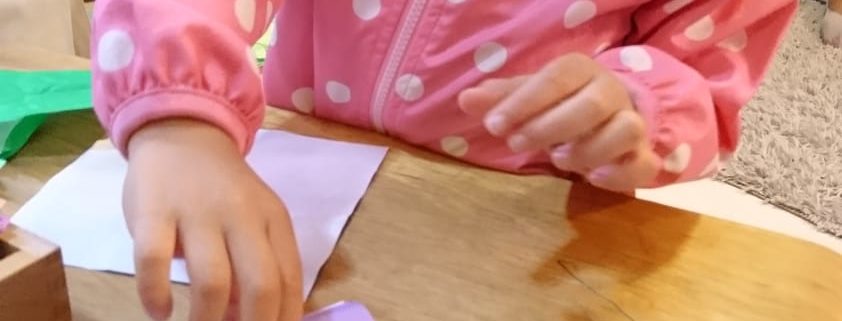
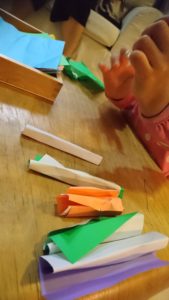
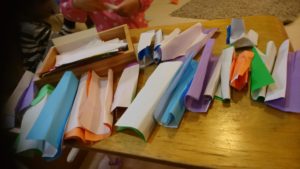
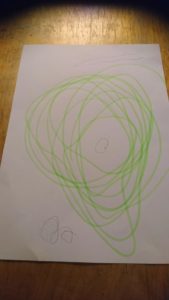
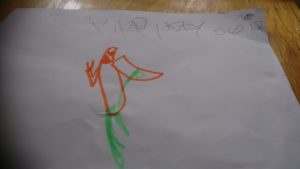
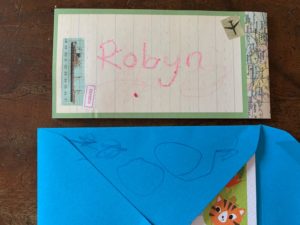
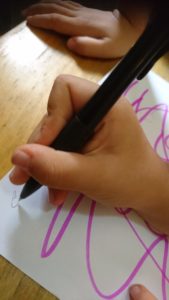
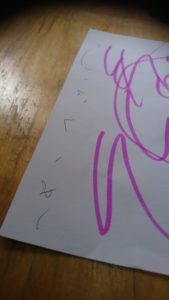
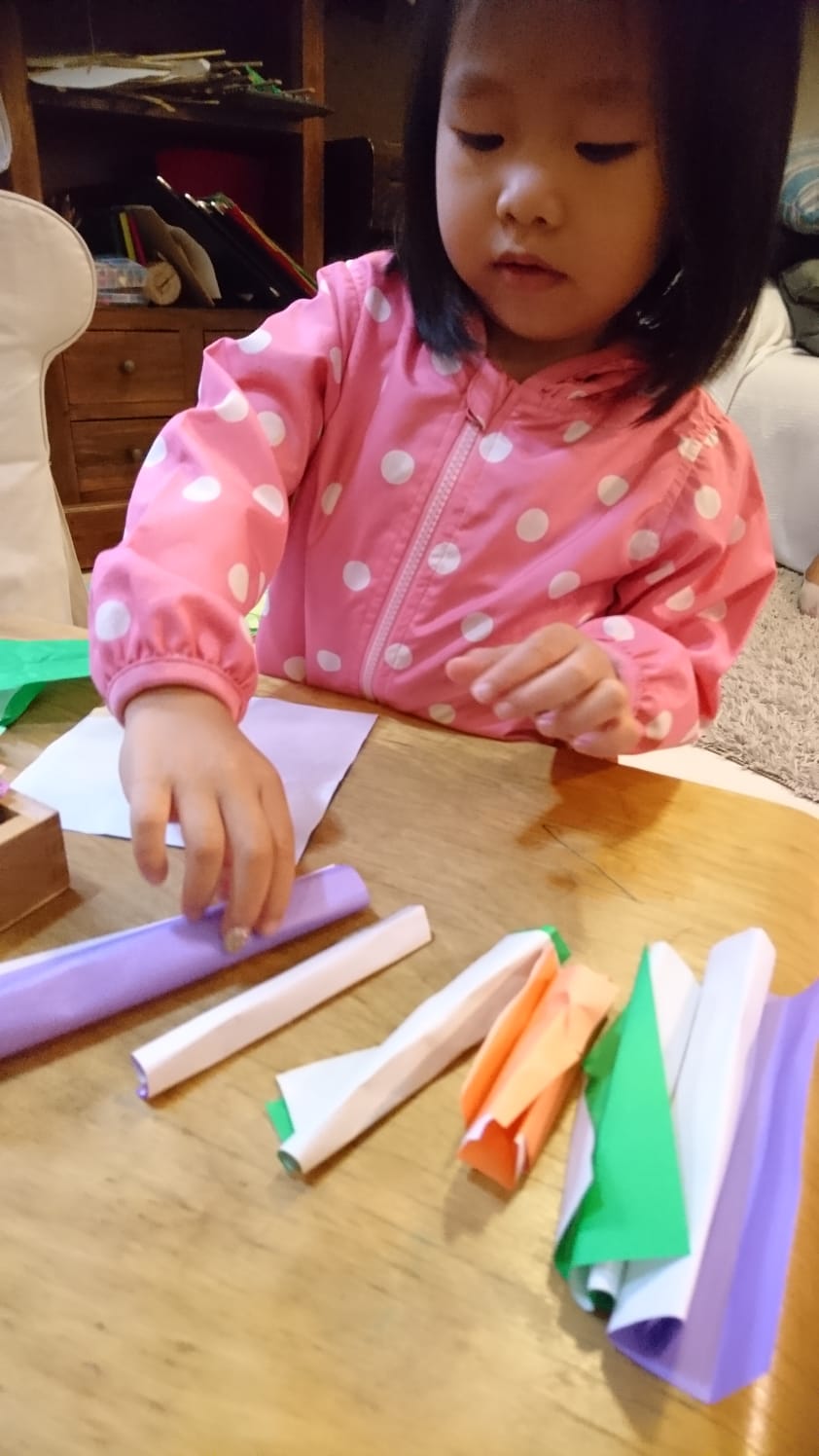

Leave a Reply
Want to join the discussion?Feel free to contribute!